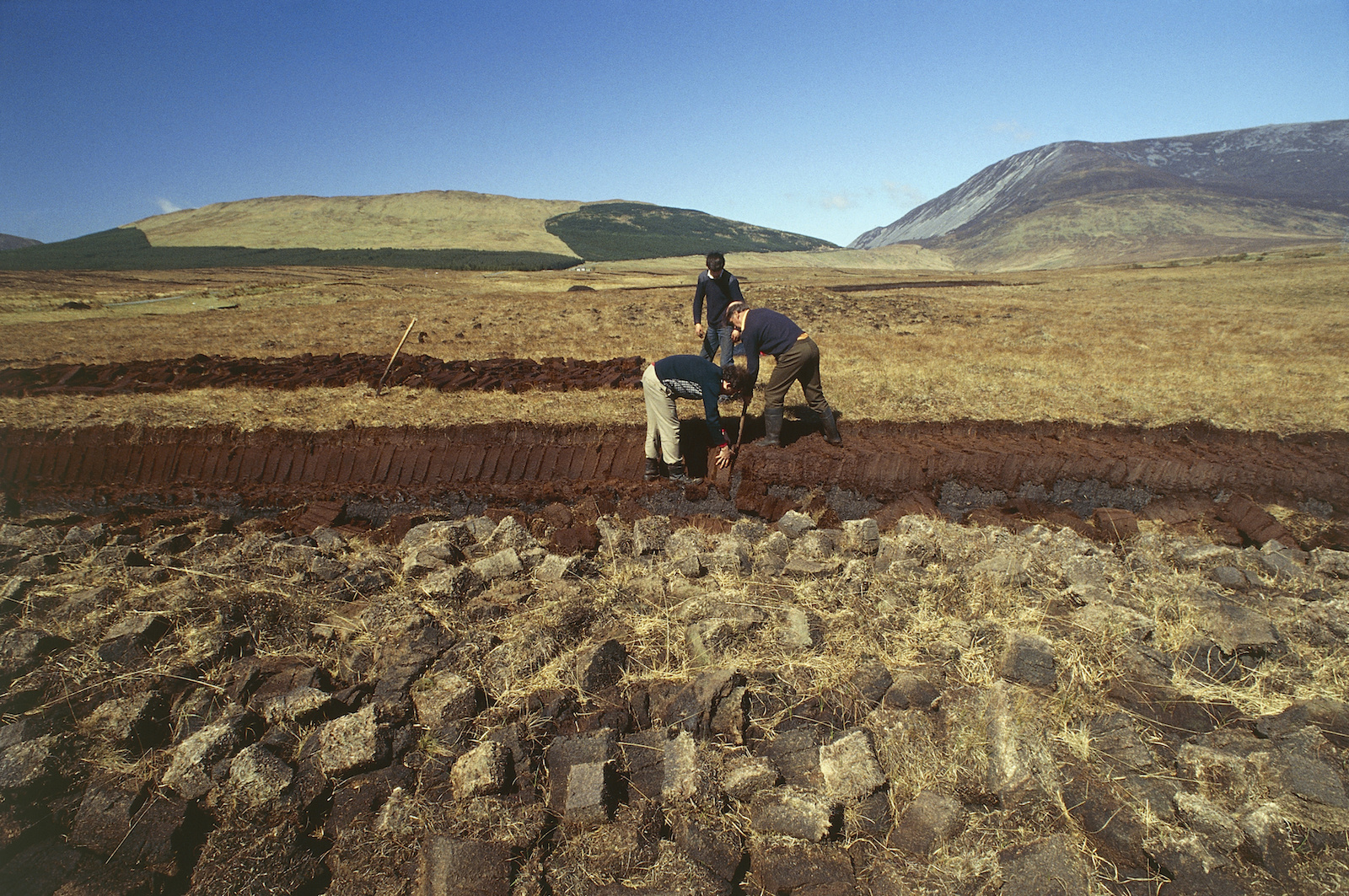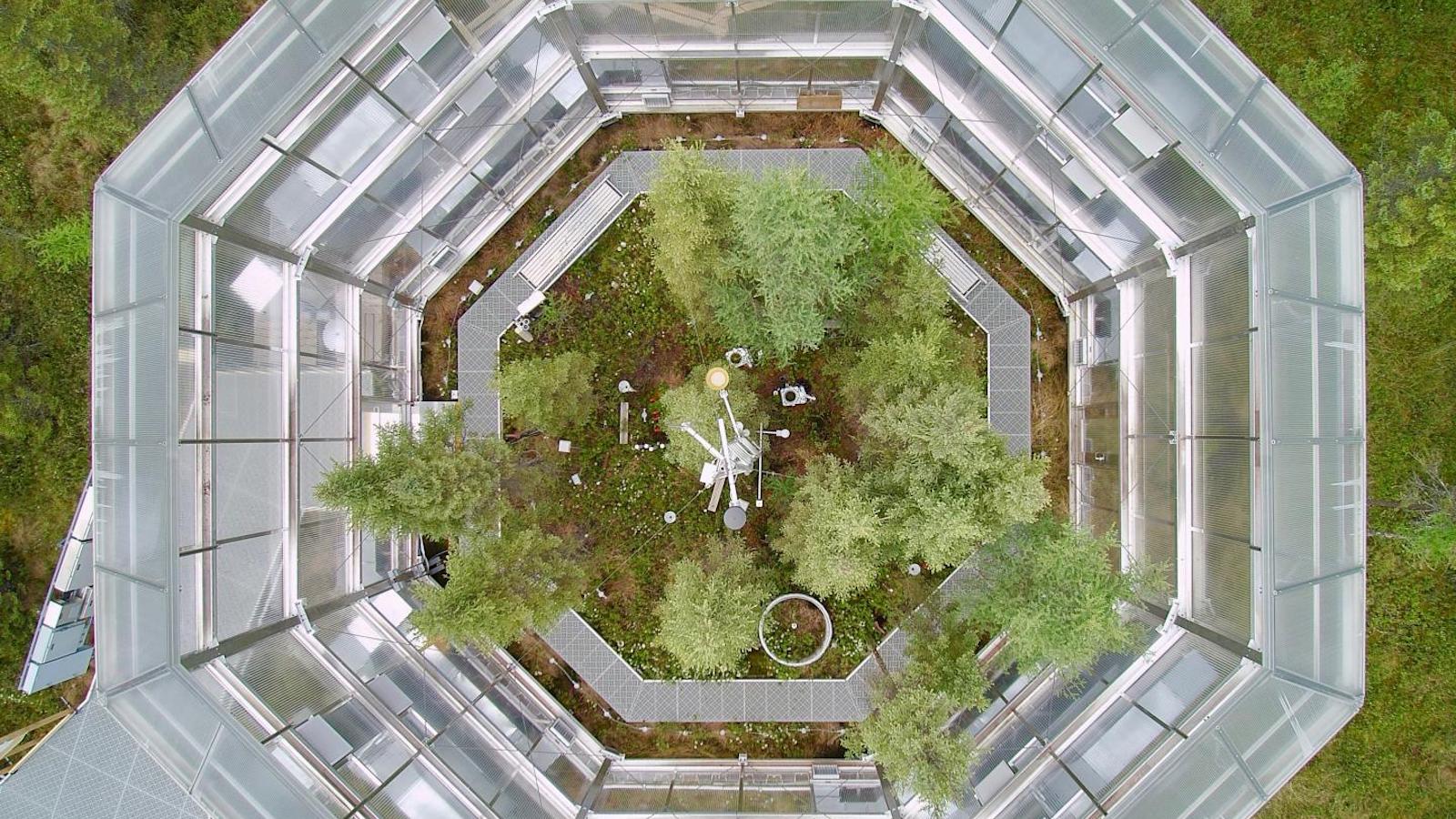On Ireland’s wet and windy Achill Island, local sheep farmer Stephen Gavin, 64, has been harvesting peat from the wetlands near his home since April. The unmistakable smell of the bog’s sweet earthiness hangs in the air as Gavin cuts rectangular sods of peat from the wetland that squelches beneath his feet. Gavin started cutting turf — the Irish term for the carbon-rich earth taken from bogs — with his parents when he was 12 years old. Stacked, piled, and dried outside when the weather is warm, the sods will fuel his home’s fire for the following year, just as they did for generations before him.
Many houses in Ireland’s west are over 100 years old and cannot be updated with modern heating technology without comprehensive renovation, leaving locals like Gavin to rely solely on the fuel product in their backyards. “I cannot put one of those [heating systems] in my house,” Gavin said. “We’d have to break all the floors up, and the whole house would be totally destroyed.”
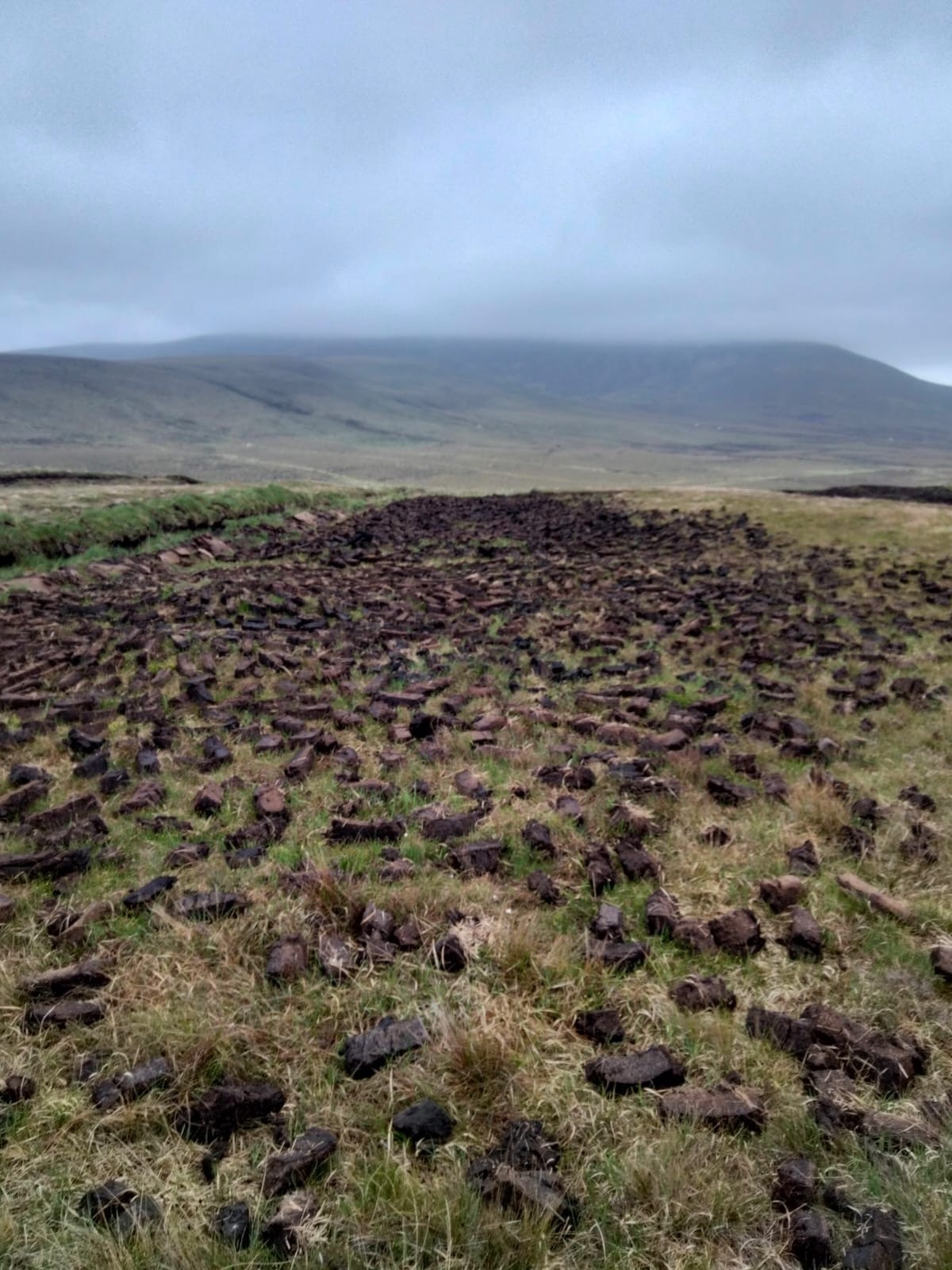
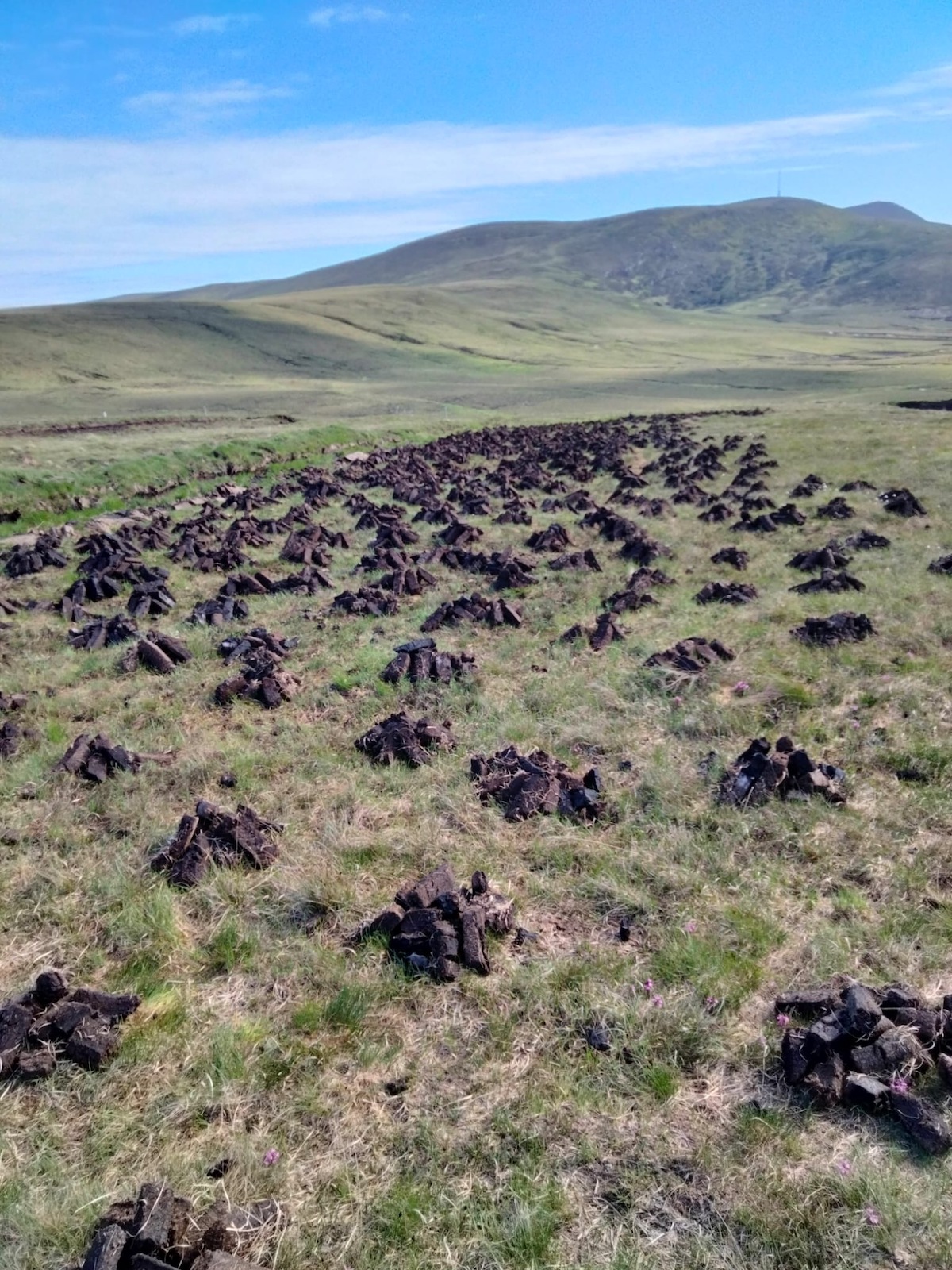
When cutting turf, the harvested peat is first spread out to dry as the weather gets warmer. Then the turf is “footed,” a process in which sods are heaped into little towers so the wind can blow through them and dry them out. Courtesy of Stephen Gavin.
For over a thousand years, turf has been one of a few dependable fuel sources in Ireland, a country with no natural sources of oil and limited natural gas. Turfing has thus become a tenet of Irish culture — but it is increasingly being challenged. In 2022, the Irish government banned the commercial sale of turf, but it still allows those who have historically enjoyed turf-cutting rights, like Gavin, to cut for their personal use. The EU has designated Irish peat bogs as “priority” conservation regions under its Habitats Directive, meaning Ireland must protect these natural habitats from harmful activities, such as turf cutting, which can degrade damaged bogs further. Although Ireland has funded large-scale bog restoration campaigns, the EU recently announced that it would take Ireland to its Court of Justice for insufficient action to protect threatened bogs.
Bogs, otherwise known as peatlands, are the largest carbon store in Ireland and the most effective carbon sinks on Earth. (Ireland accounts for less than 1 percent of peatlands globally, but is home to 8 percent of one type of rare bog.) Peatlands absorb and store twice as much carbon as all of the world’s forests combined.
When turf is cut from these sites, carbon is released, and the land is dried out, decreasing the bog’s naturally wet environment. Each acre of drained bog releases nearly one ton of carbon annually — the equivalent of driving a car over 9,000 miles. And that’s not including emissions from burning turf, which releases more than double the carbon dioxide as burning natural gas. As a result, bog restoration is crucial to meet Europe’s net-zero carbon goals by 2050, protect biodiversity, and provide a habitat for endangered species like the curlew, an Irish shorebird whose haunting call has inspired homegrown artists like the poet W.B. Yeats.
“There are no bogs in Ireland that haven’t been impacted by the extraction of turf cutting,” said Tristram Whyte, a conservation officer at The Irish Peatland Conservation Council, a national organization that campaigns to protect Irish bogs. According to a climate action plan by the group, only 25 percent of Irish bogs remain intact due to their overuse.
Turf cutting is one reason why. Like his ancestors before him, Gavin has so-called turbary rights to cut turf from the bog. But turf is also cut on public land containing protected bogs. These protected areas fall under the EU Habitats Directive and are designated Special Areas of Conservation because of their uniqueness and rarity. The EU first filed a complaint about bog degradation in Ireland more than a decade ago. Although the Irish government boosted conservation efforts that resulted in tangible decreases in turf-cutting in response, the progress has been “insufficient,” the European Commission said. As a result, the European Commission referred Ireland to its Court of Justice in March.
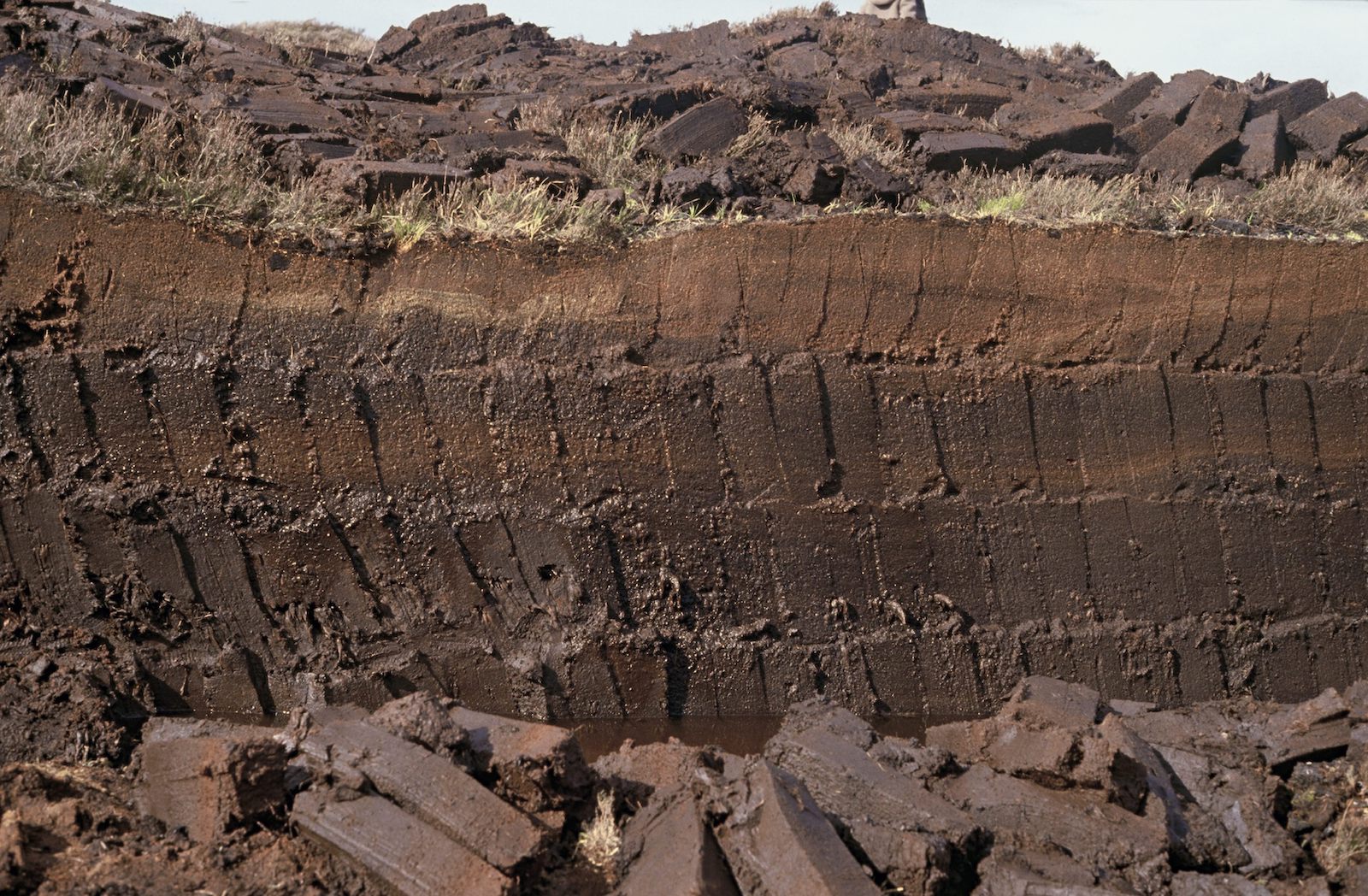
The turf battle has pitted conservationists against those who argue that Ireland has already made significant progress to protect bogs and is being bullied by the EU.
“The habitats directive requires member states to protect their most precious natural habitats, but where does the Irish citizen fit in, and rights of a citizen to live and provide heat and food for their family?” Sean Canney, an Irish Independent politician and former minister of state, said on his website. “Surely human life is more precious than a bog.”
The Irish government has been trying to work with farmers to protect these areas. In 2022, it set up a $1.6 billion fund and enrolled Gavin along with 20,000 other farmers to survey the effects of turf cutting and invasive species on bogs in protected areas. “They pay us to join the scheme, so long as we improve the common,” Gavin said, referring to public land. Under this scheme, farmers can receive up to roughly $11,200 a year, depending on their efforts. The farmers are paid relative to the improvements they make to the land by reducing turf cutting, preventing overgrazing, and managing invasive species on protected lands.
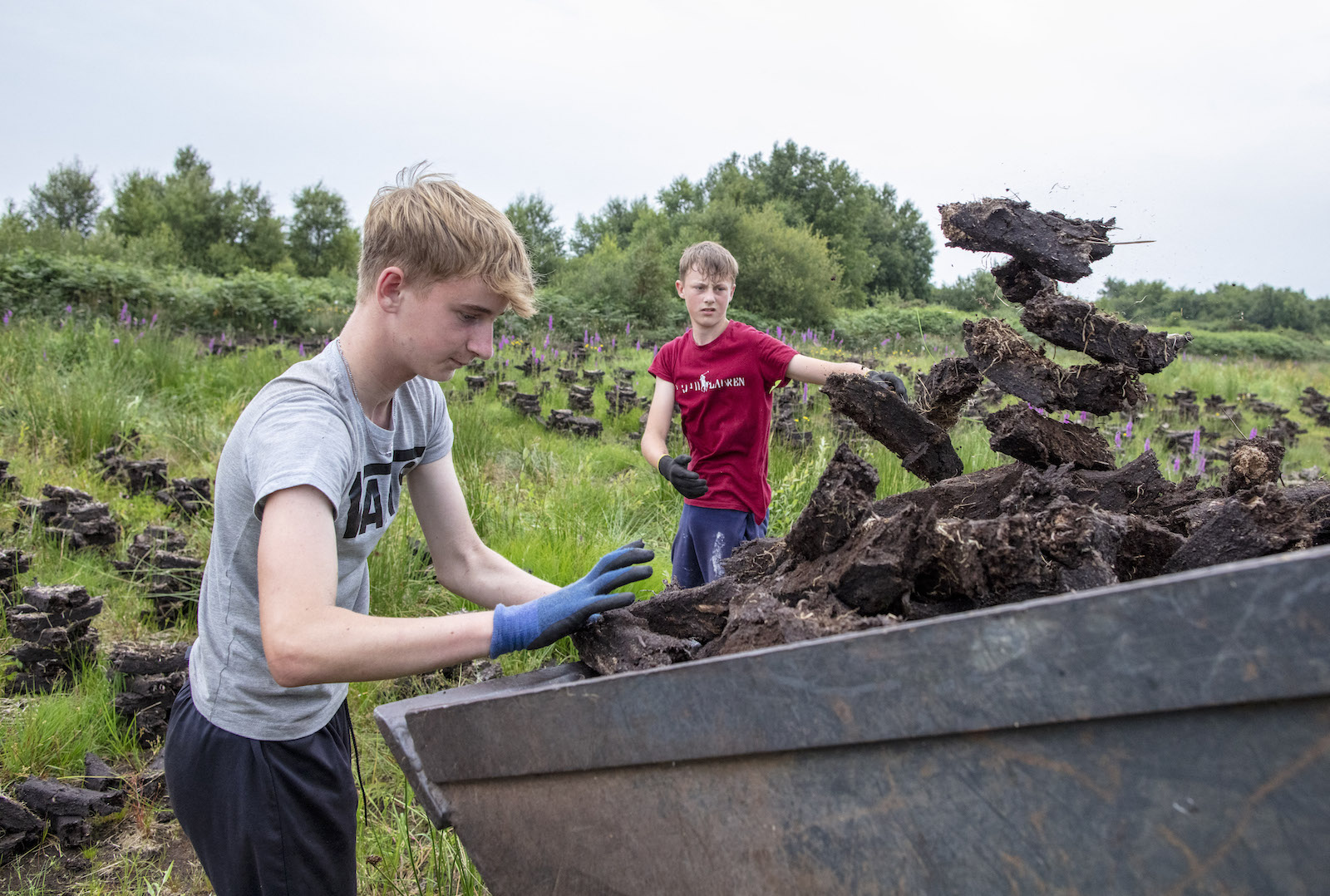
The level of water in the bog soil stops plant decomposition, causing dead plant matter to accumulate. That means bogs need water to capture carbon. Restoration efforts include rewetting the bogs — blocking drainage sites to allow the water table to rise through the bog — and applying peat-forming moss with the aim of converting carbon-emitting bogs back to carbon sinks. The Irish National Parks and Wildlife Service and the Turf Cutters and Contractors Association, or TCCA, are working together to rewet and restore bogs while meeting farmer’s turfing needs. The TCCA was set up by and for turf cutters in 1998 to oppose government-led turfing sanctions that were leaving people without heat in their homes.
Michael Fitzmaurice, the TCCA’s chairman, said that only 12 of the 62 areas protected by the EU directive are being cut for turf, with up to 14,000 acres of bog rewetted so far. “We sit down together to make sure there’s a border between where [the farmers] need to work and where it needs to be saved so that the land won’t be affected,” he said.
If taken too far, the EU’s threats will turn farmers away from restoration agreements, said Fitzmaurice, who grew up farming his bog in western Ireland before becoming an advocate to preserve turf-cutting practices.
“You can’t go from zero to hero overnight,” he said. “It’s very harsh to tell someone that has an annual income of €13,000 [approximately $14,000 USD] to stop cutting turf when they see a 747 plane flying over their head.”
On Achill Island, times are changing. It is too wet and warm for Gavin to graze his cattle outside or plant potatoes earlier in the year, the result of climate change. Where the curlew’s call once rang, now the bogs remain silent, and the classic aroma of turf burning on the island is reduced to a faint smell. He worries about the future of turf cutting. Only one farmer on the island cuts his bog by hand instead of machines, a symbol of the tradition’s loss. Pressure from the EU to stop turf cutting altogether doesn’t bode well either.
“The older people, they’re not great at protesting,” said Gavin. “I fear that turf cutting will be a thing of the past in the next 10 years.”

